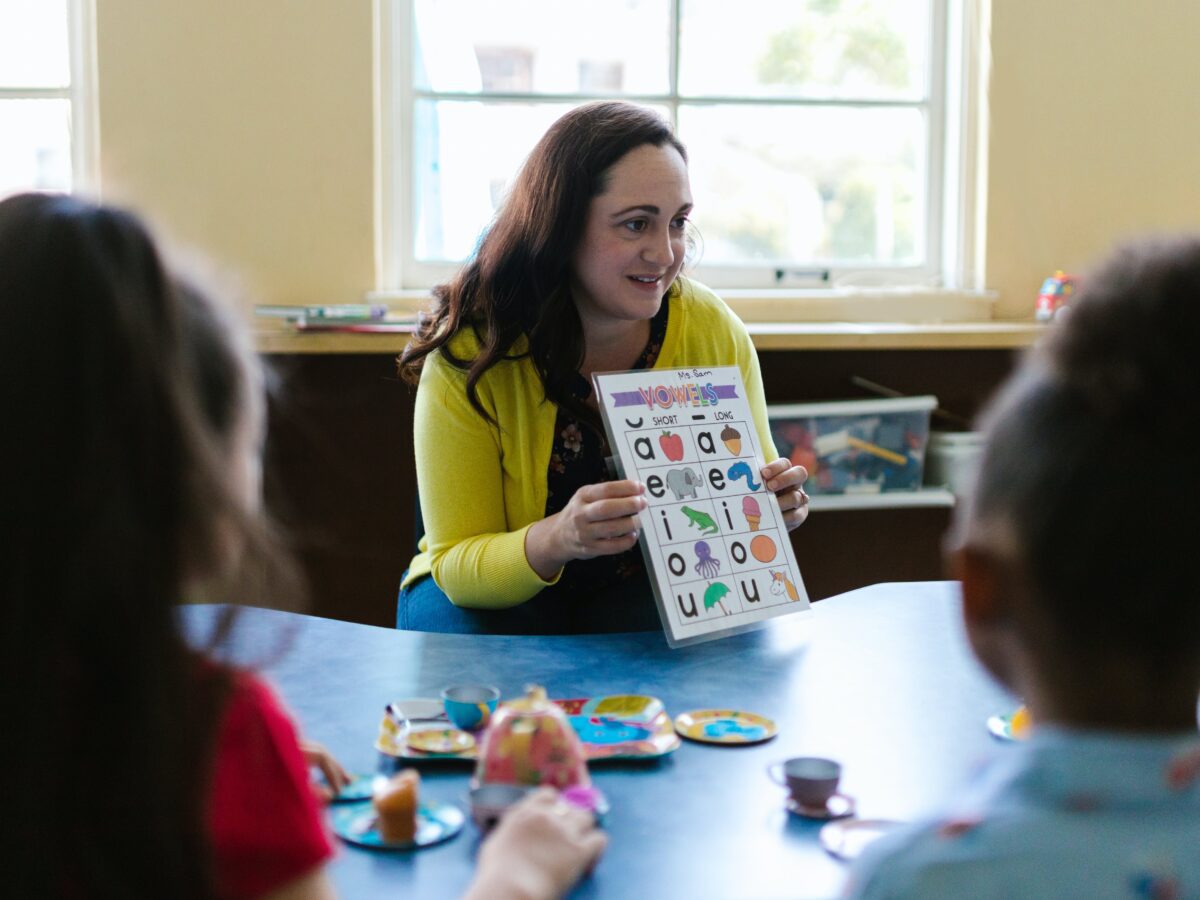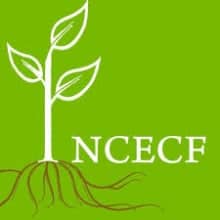
|
|
Editor’s Note: The sixth brief of an eight-part series from the North Carolina Early Childhood Foundation is embedded below on classroom experiences while aligning reading instruction with the “science of reading.”
In 1996, North Carolina lawmakers authorized the establishment of charter schools to “provide parents and students with expanded choices … available within the public school system.”
There are now approximately 200 elementary charter schools in North Carolina, and it is as critical that teachers in these schools provide literacy instruction that is aligned with the Science of Reading (SoR) as it is for teachers in traditional public elementary schools.
Testing data show that students in charter schools perform similarly to those in traditional public schools, so the urgency of improvement in instructional practices is likely to be similar for students in both types of schools.
North Carolina’s Excellent Public Schools Act requires that all pre-K to fifth-grade teachers in traditional public schools complete Language Essentials for Teachers of Reading and Spelling (LETRS) training; however, it is at the discretion of individual charter schools as to whether their teachers complete the training.
The Office of Charter Schools in North Carolina partnered with Lexia Learning and the NC ACCESS Program to provide some funding for LETRS training for charter school teachers and leaders. This resulted in each charter school being allotted only a few licenses for LETRS training. In contrast, all kindergarten through fifth-grade teachers in traditional public schools were required to complete the training.
Because most teachers are unfamiliar with the principles of SoR and its aligned instructional practices, professional development for as many staff members as possible is an important part of improving student outcomes.
Recommended reading




